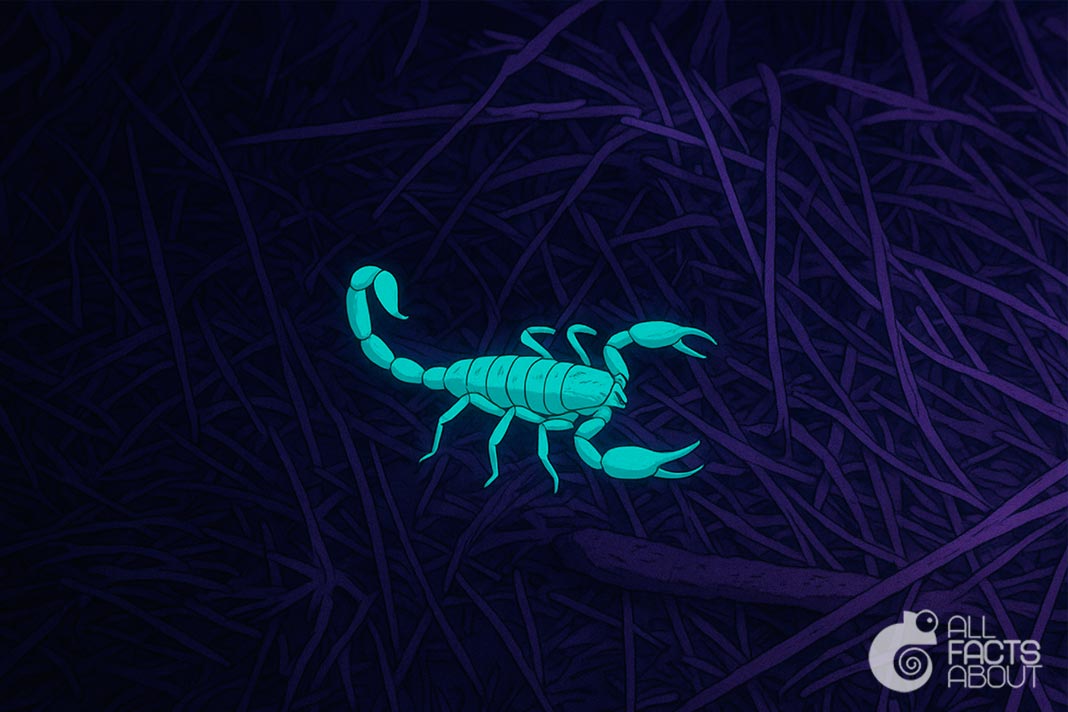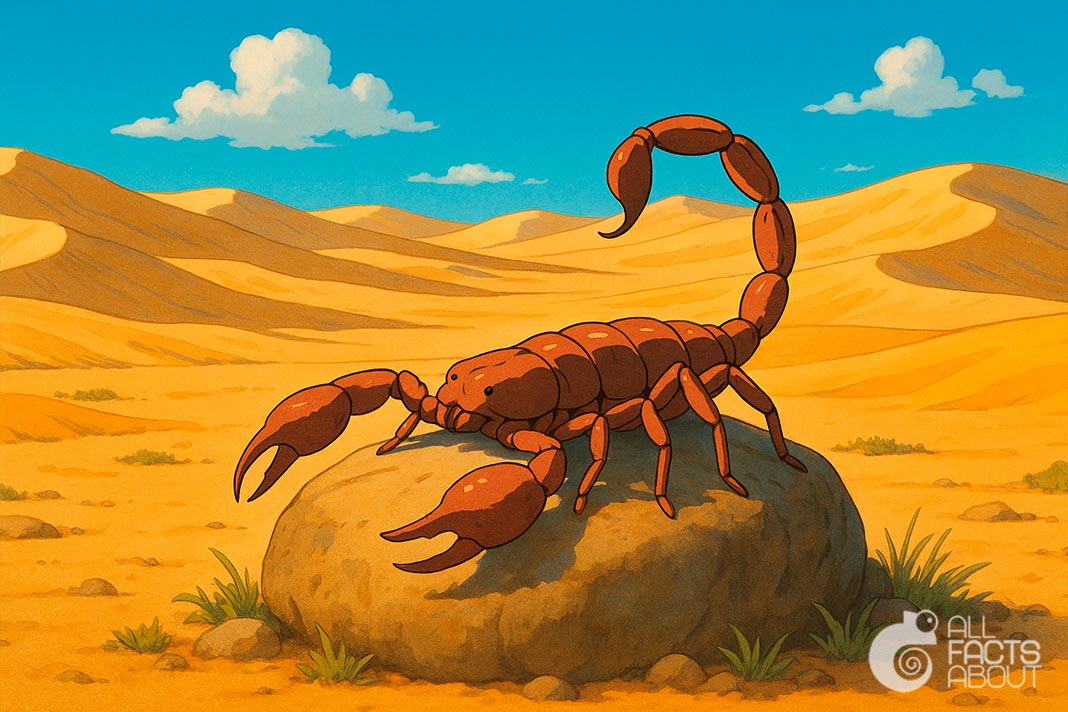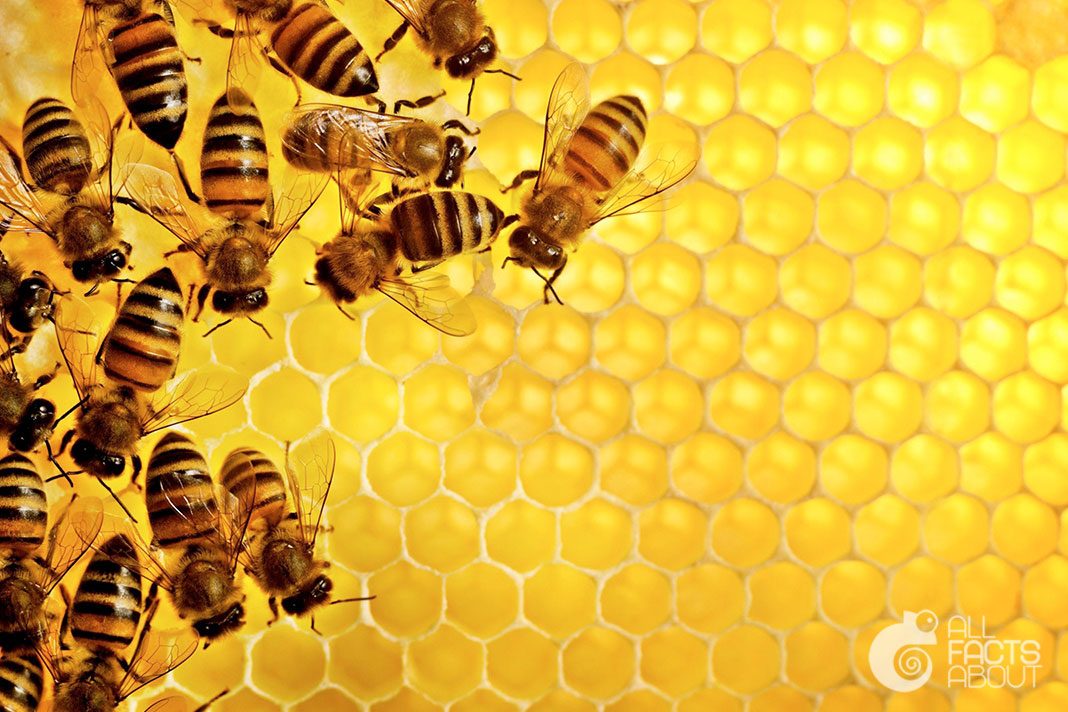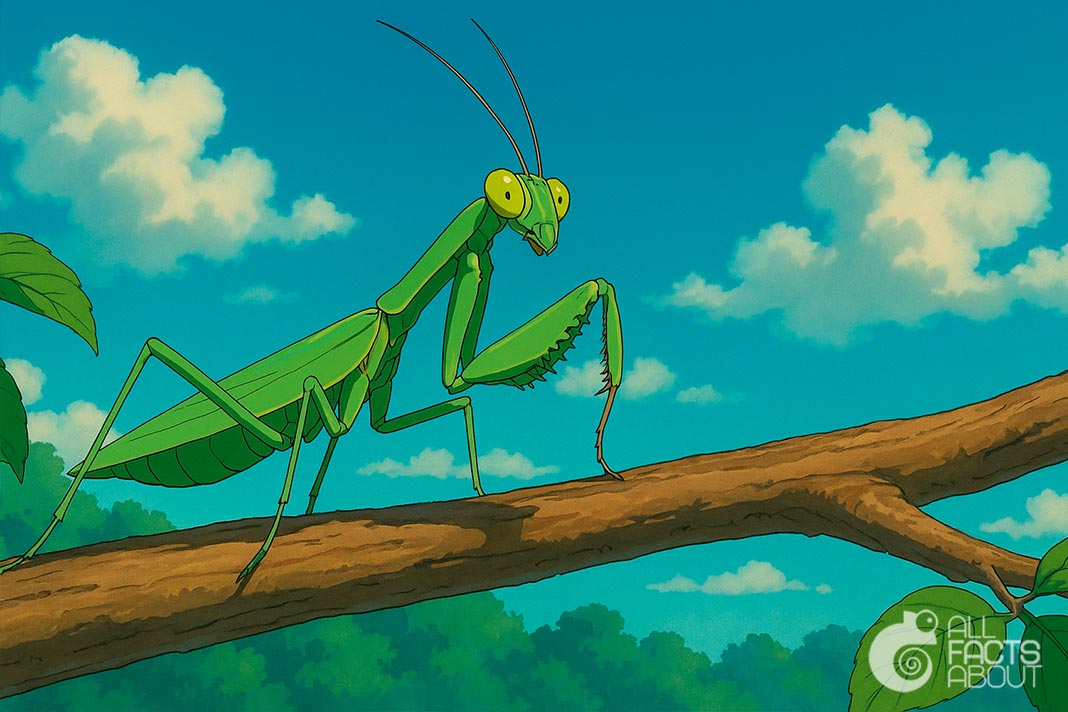Scorpions are ancient arachnids that have roamed the Earth for hundreds of millions of years. These fascinating creatures have adapted to a wide range of environments and display some truly surprising biological traits.
1. Scorpions are among the oldest land animals, with fossil records dating back over 430 million years. They appeared long before the dinosaurs and have changed very little in structure since prehistoric times.
2. A scorpion's venom is used primarily to subdue prey rather than for self-defense. All scorpions are venomous, but the potency of their venom varies, and only about 25 species have venom dangerous enough to kill a human.
3. The deathstalker (Leiurus quinquestriatus) is one of the most venomous scorpions, with a very powerful neurotoxic venom that can kill a mouse within minutes and be deadly to a human within a few hours.
4. The largest scorpion species is the Emperor Scorpion (Pandinus imperator), which can reach up to 8 inches (20 cm) in length. Despite its intimidating size, it has relatively mild venom.
5. There are about 30 different species of scorpions in the United States, with the Arizona bark scorpion being the most venomous. Its venom causes severe pain and numbness but is very rarely fatal.
6. Scorpions have poor eyesight, relying on touch and vibration to navigate. Tiny hairs on their pincers and legs detect ground vibrations, helping them locate prey or avoid threats in total darkness.
7. In addition, Scorpions have a special comb-like organ called the pectines, located on the underside of their bodies. These structures help them sense texture and chemical signals on the ground.
8. Scorpions glow under ultraviolet (UV) light due to a substance found in the hyaline layer of their exoskeleton. This glow may serve as protection against UV rays or help them detect other scorpions.

When exposed to UV light, scorpions emit an eerie glow.
10. Certain scorpion species can reproduce asexually through parthenogenesis, allowing females to produce offspring without mating. This is especially useful in isolated environments.
11. Scorpions give birth to live young, which is rare among arachnids. The babies, called scorplings, ride on their mother's back until their first molt, staying safe and warm until they are ready to survive alone.
12. There are over 2,500 known scorpion species worldwide, and new ones are still being discovered. They live on every continent except Antarctica and thrive in deserts, forests, grasslands, and even caves.
13. Scorpions mostly eat insects, spiders, and small animals. Interestingly, they can survive without food for up to a year by slowing down their metabolism, which helps them live through tough times when food is scarce.
14. Scorpions are surprisingly tough and resilient. Some can survive freezing temperatures by entering a state called anabiosis—a kind of deep rest where their body functions slow down almost completely—then “wake up” and become active again when the weather warms up.




